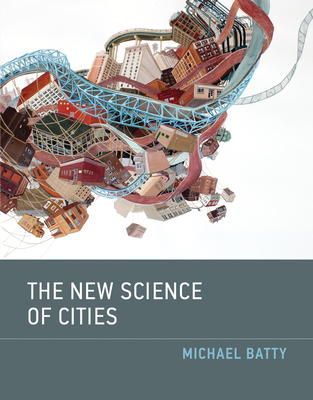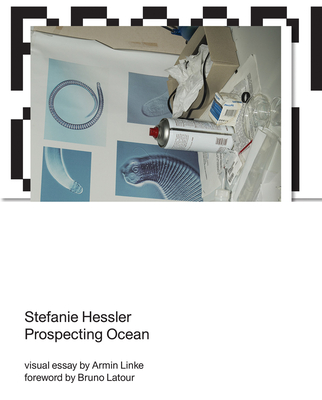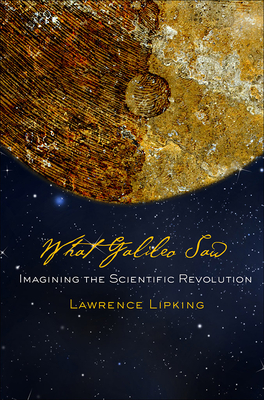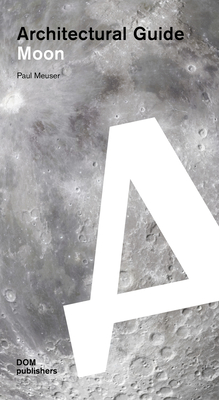
The New Science of Cities
Description
A proposal for a new way to understand cities and their design not as artifacts but as systems composed of flows and networks.
In The New Science of Cities, Michael Batty suggests that to understand cities we must view them not simply as places in space but as systems of networks and flows. To understand space, he argues, we must understand flows, and to understand flows, we must understand networks—the relations between objects that compose the system of the city. Drawing on the complexity sciences, social physics, urban economics, transportation theory, regional science, and urban geography, and building on his own previous work, Batty introduces theories and methods that reveal the deep structure of how cities function.
Batty presents the foundations of a new science of cities, defining flows and their networks and introducing tools that can be applied to understanding different aspects of city structure. He examines the size of cities, their internal order, the transport routes that define them, and the locations that fix these networks. He introduces methods of simulation that range from simple stochastic models to bottom-up evolutionary models to aggregate land-use transportation models. Then, using largely the same tools, he presents design and decision-making models that predict interactions and flows in future cities. These networks emphasize a notion with relevance for future research and planning: that design of cities is collective action.
About the Author
Michael Batty is Bartlett Professor of Planning at University College London and the author of Cities and Complexity and The New Science of Cities, both published by the MIT Press.
Praise for The New Science of Cities
Overall, The New Science of Cities is an ambitious and laudable undertaking, one that Batty admits cannot be comprehensive, but which, even so, may well be seen as a milestone.—New Scientist—




























